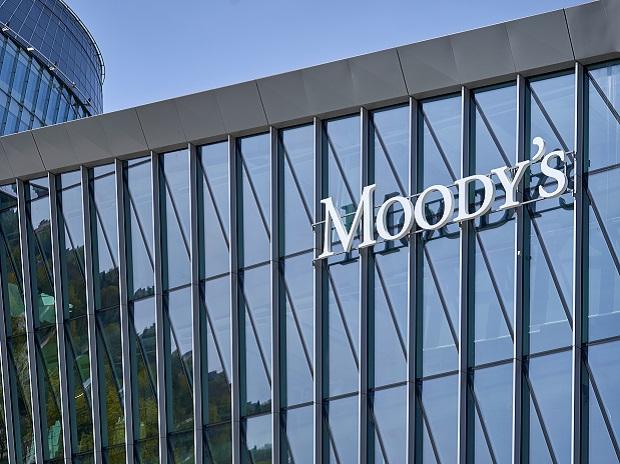
Moody’s upgrades outlook on Indian banking from ‘negative’ to ‘stable’
Last Updated on December 28, 2022 by Admin
[ad_1]
Global rating agency Moody’s has upgraded the outlook on the Indian banking system from “Negative” to “Stable” on the back of stabilising asset quality and improved capital.
The deterioration of asset quality since the onset of the Coronavirus (Covid-19) pandemic has been moderate, and an improving operating environment will support asset quality. The level of problem loans for rated banks has moved down from 8.5 per cent in FY19 to 7.1 per cent in FY21.
Declining credit costs as a result of improving asset quality will lead to improvements in profitability and capital will remain above pre-pandemic levels, the rating agency said in a statement.
The operating environment will be stable as the economy gradually recovers from the Covid-19 pandemic, said Moody’s. “India’s economy is expected to continue to recover in the next 12-18 months, with Gross Domestic Product (GDP) growing 9.3 per cent in FY22 and 7.9 per cent in the following year. The pickup in economic activity will drive credit growth, which we expect to be 10 per cent to 13 per cent annually,” the rating agency said.
Moody’s said that while weak corporate financials and funding constraints at finance companies have been key negative factors for banks, these risks have receded. The quality of corporate loans has improved, indicating that banks have recognised and provisioned for all legacy problem loans in this segment.
The quality of retail loans has deteriorated, but to a limited degree because large-scale job losses have not occurred, the agency added.
Capital to stay above pre-pandemic levels
The capital ratios have risen across rated banks in the past year because most have issued new shares. The capital adequacy ratio of rated Indian banks as a pack improved from 9.9 per cent in FY19 to 11.1 per cent in FY21, Moody’s data showed.
Public sector banks’ ability to raise equity capital from the market is particularly credit positive as it reduces their dependence on the government for capital.
However, further increases in capital will be limited because banks will use most of retained earnings to support an acceleration of loan growth, Moody’s added.
Profitability will improve on dip in credit costs
Banks’ returns on assets will rise as credit costs decline while banks’ core profitability will be stable. If interest rates rise, net interest margins will increase, but it will also lead to mark-to-market losses on banks’ large holdings of government securities, the agency added.
 Dear Reader,
Dear Reader,
Business Standard has always strived hard to provide up-to-date information and commentary on developments that are of interest to you and have wider political and economic implications for the country and the world. Your encouragement and constant feedback on how to improve our offering have only made our resolve and commitment to these ideals stronger. Even during these difficult times arising out of Covid-19, we continue to remain committed to keeping you informed and updated with credible news, authoritative views and incisive commentary on topical issues of relevance.
We, however, have a request.
As we battle the economic impact of the pandemic, we need your support even more, so that we can continue to offer you more quality content. Our subscription model has seen an encouraging response from many of you, who have subscribed to our online content. More subscription to our online content can only help us achieve the goals of offering you even better and more relevant content. We believe in free, fair and credible journalism. Your support through more subscriptions can help us practise the journalism to which we are committed.
Support quality journalism and subscribe to Business Standard.
Digital Editor
[ad_2]
Source link




